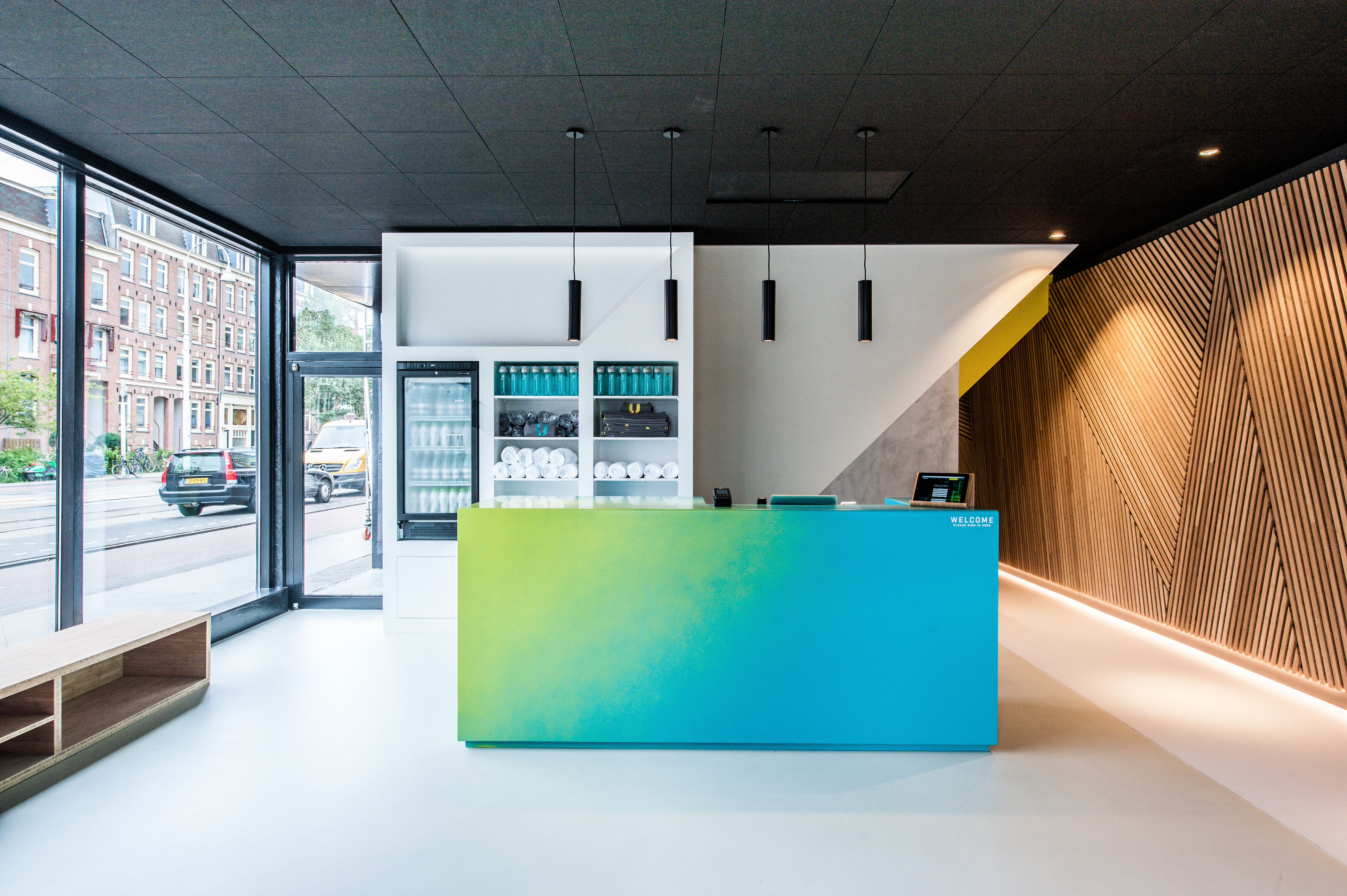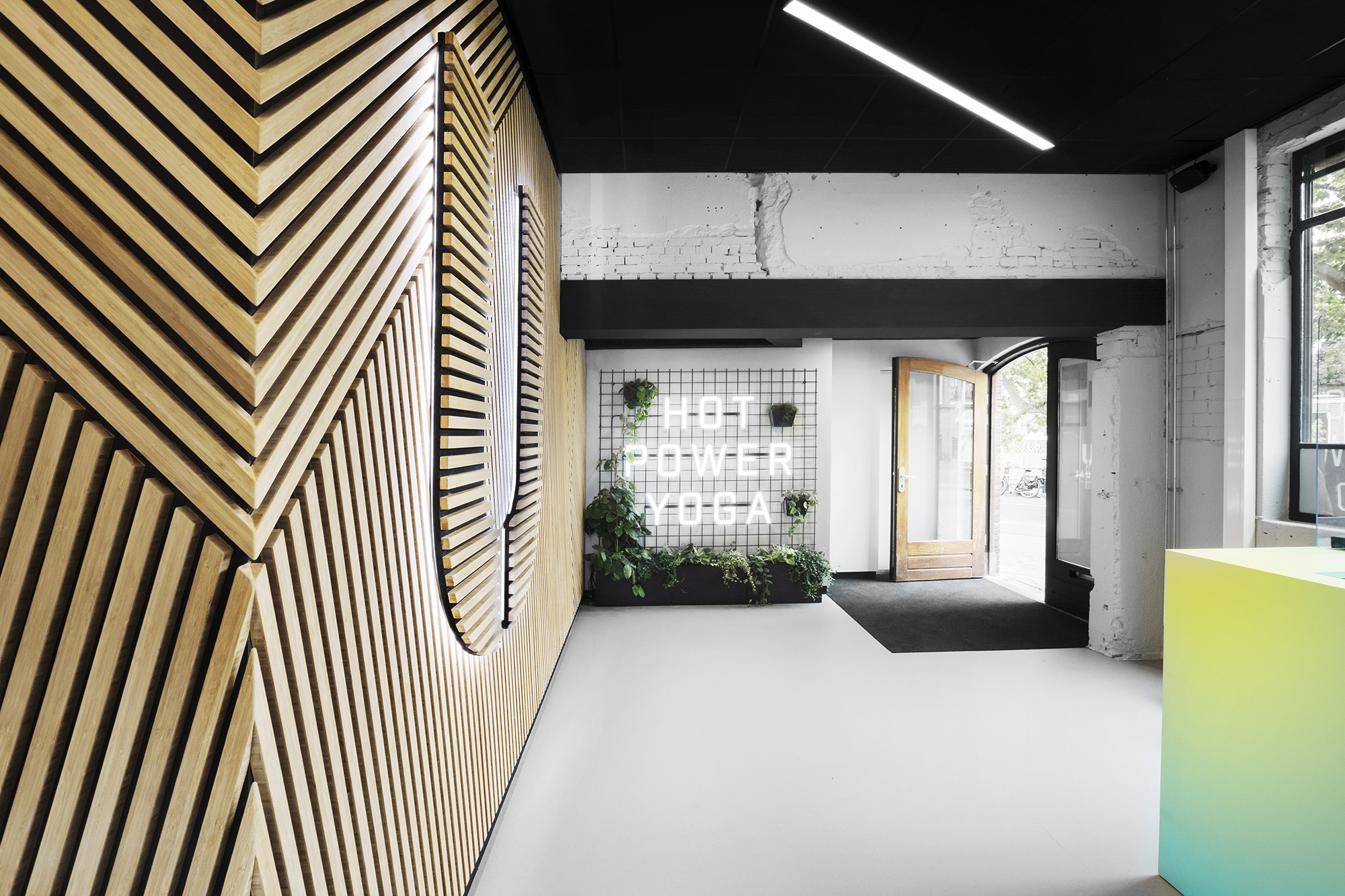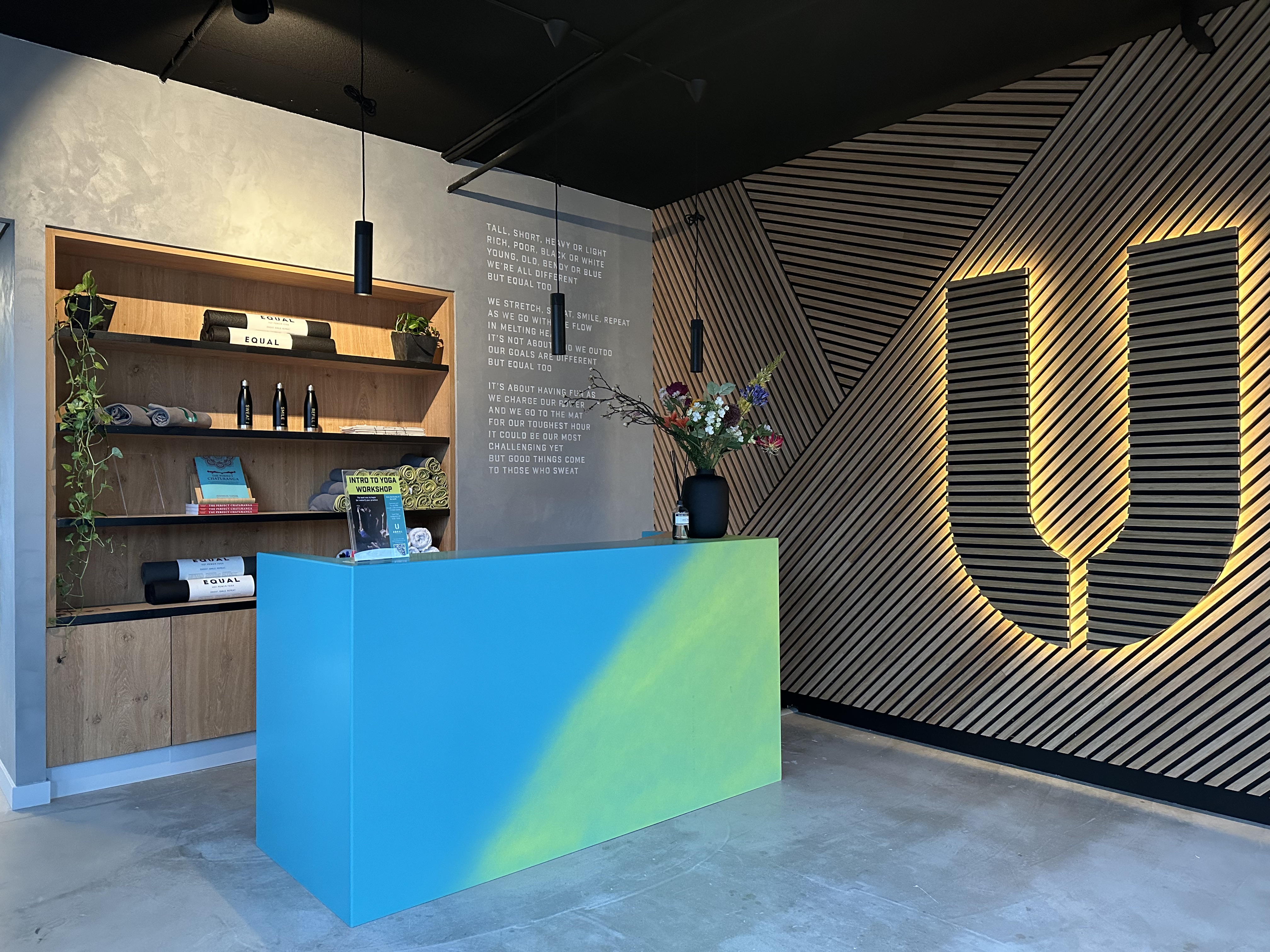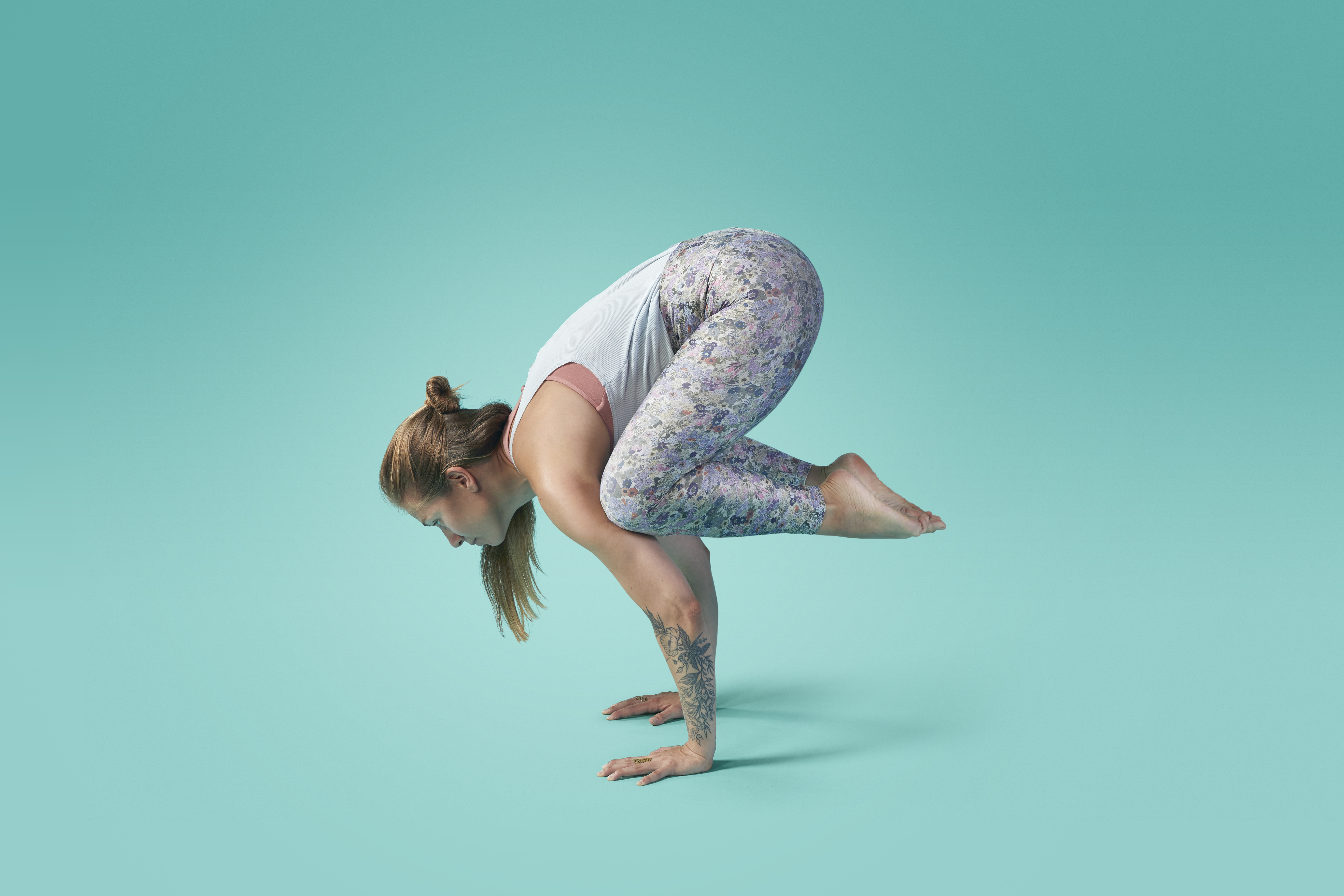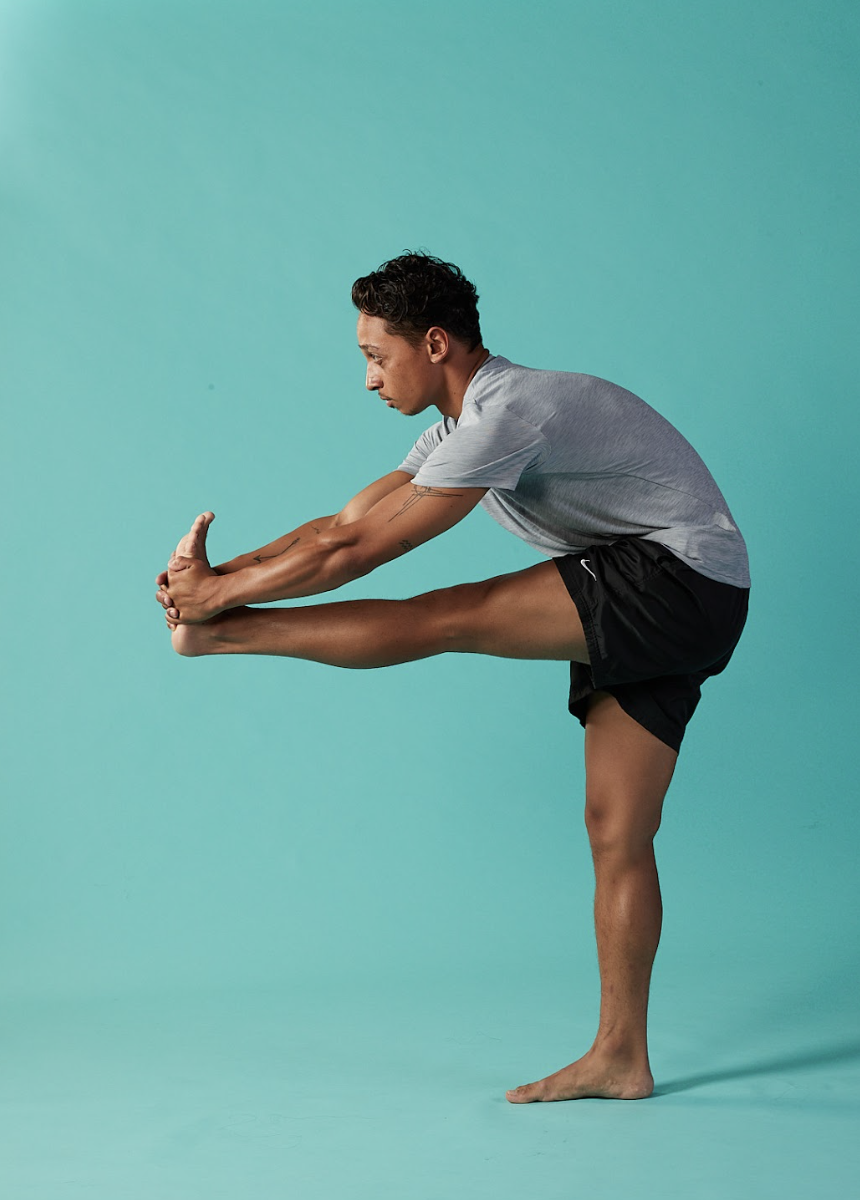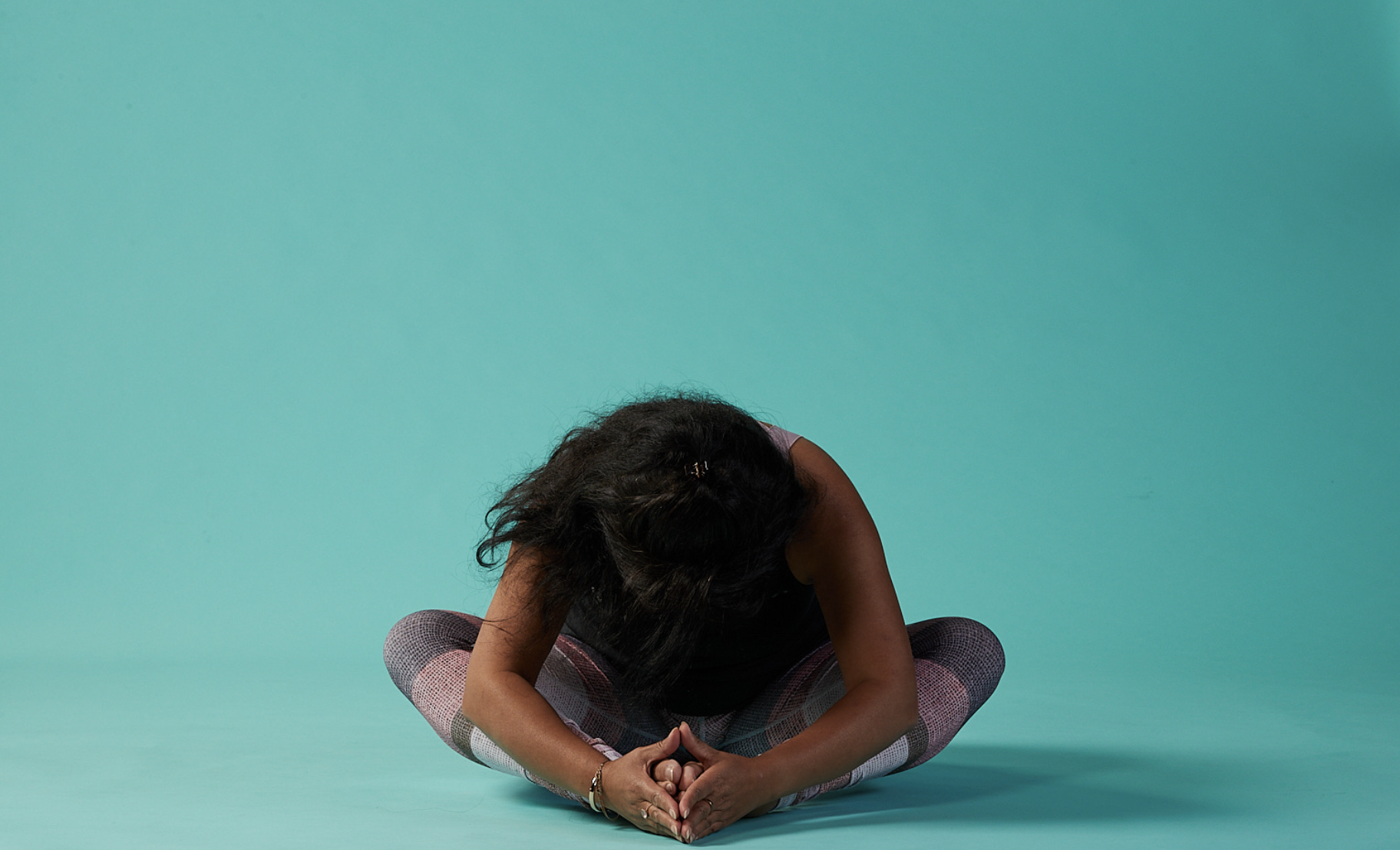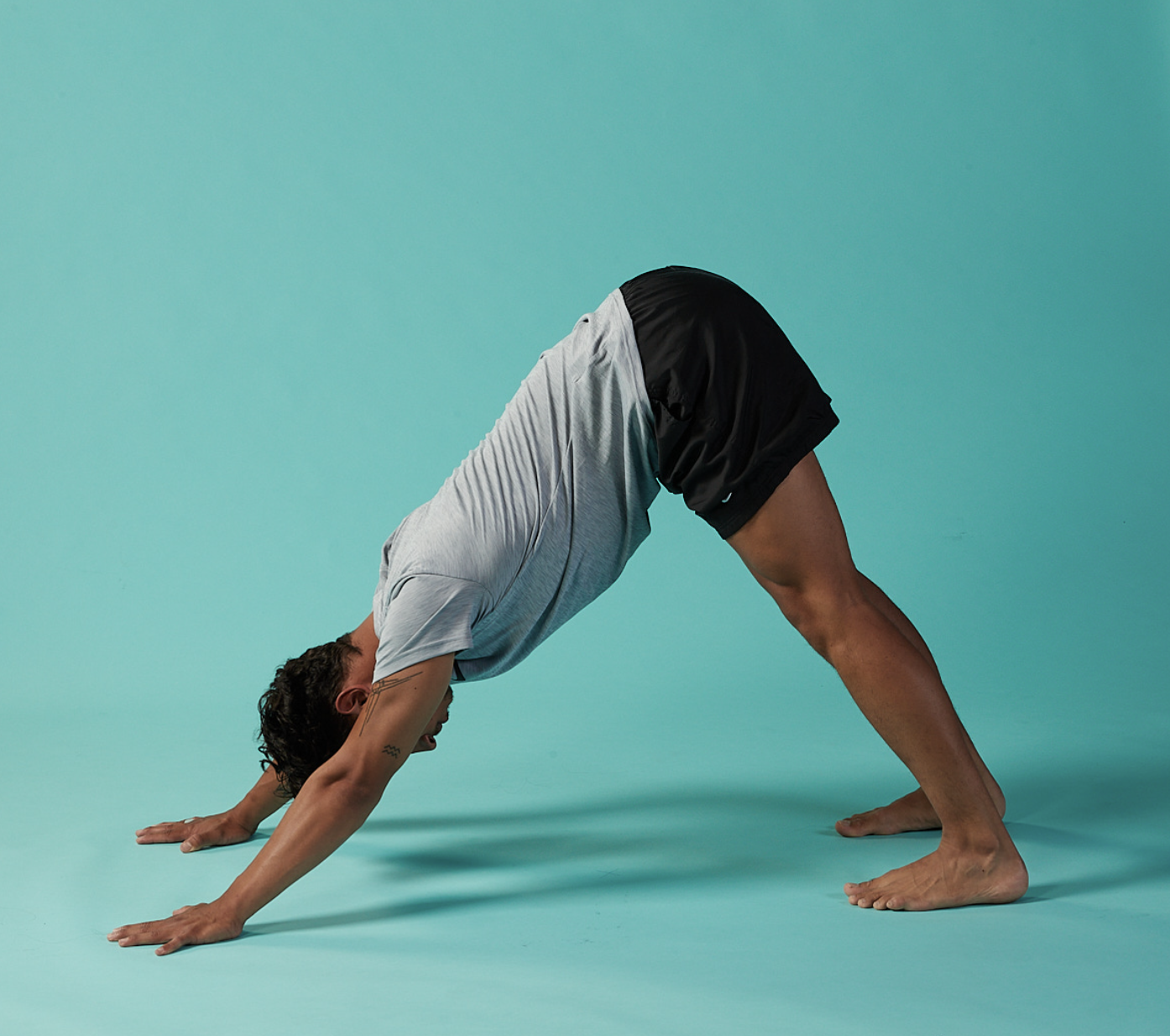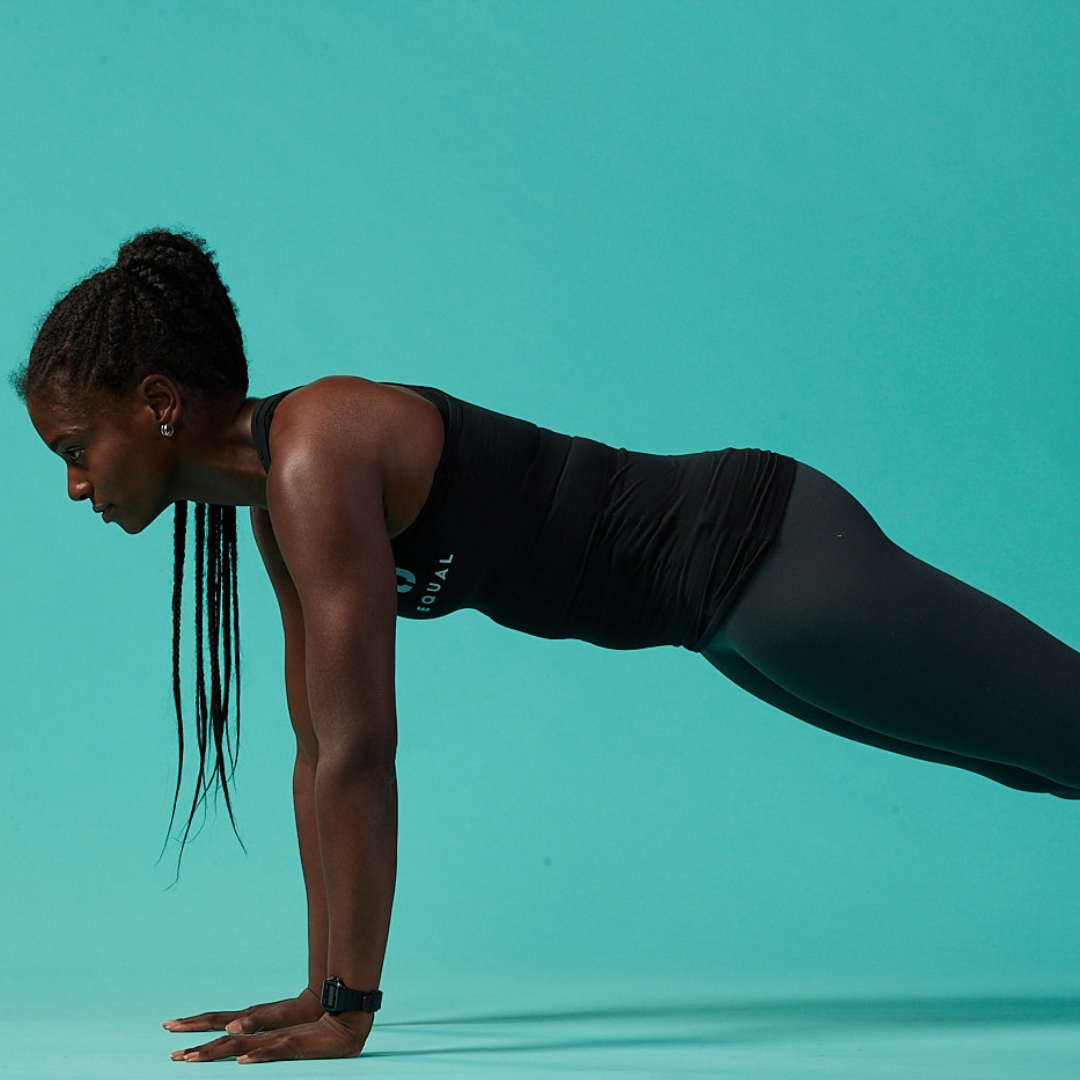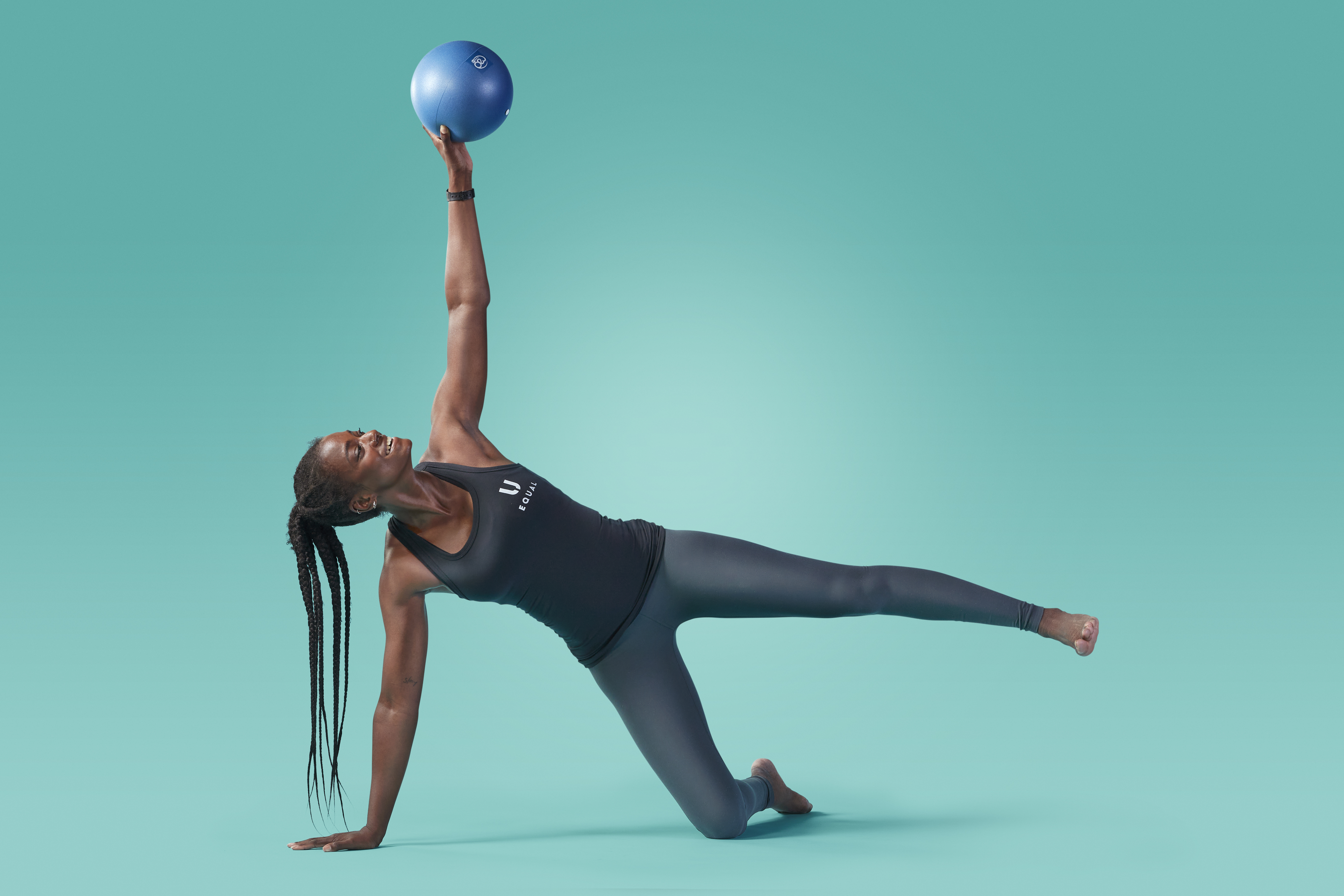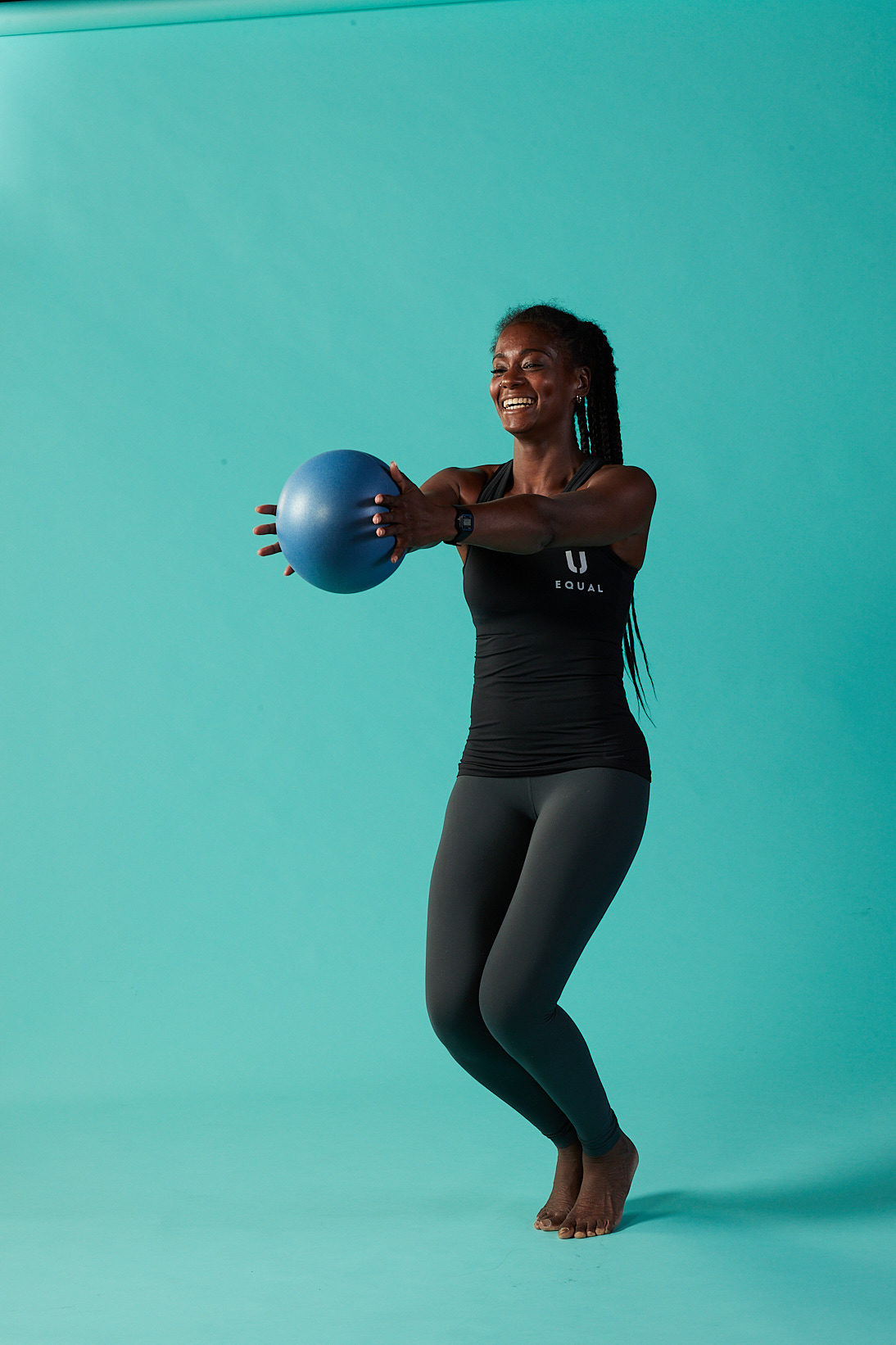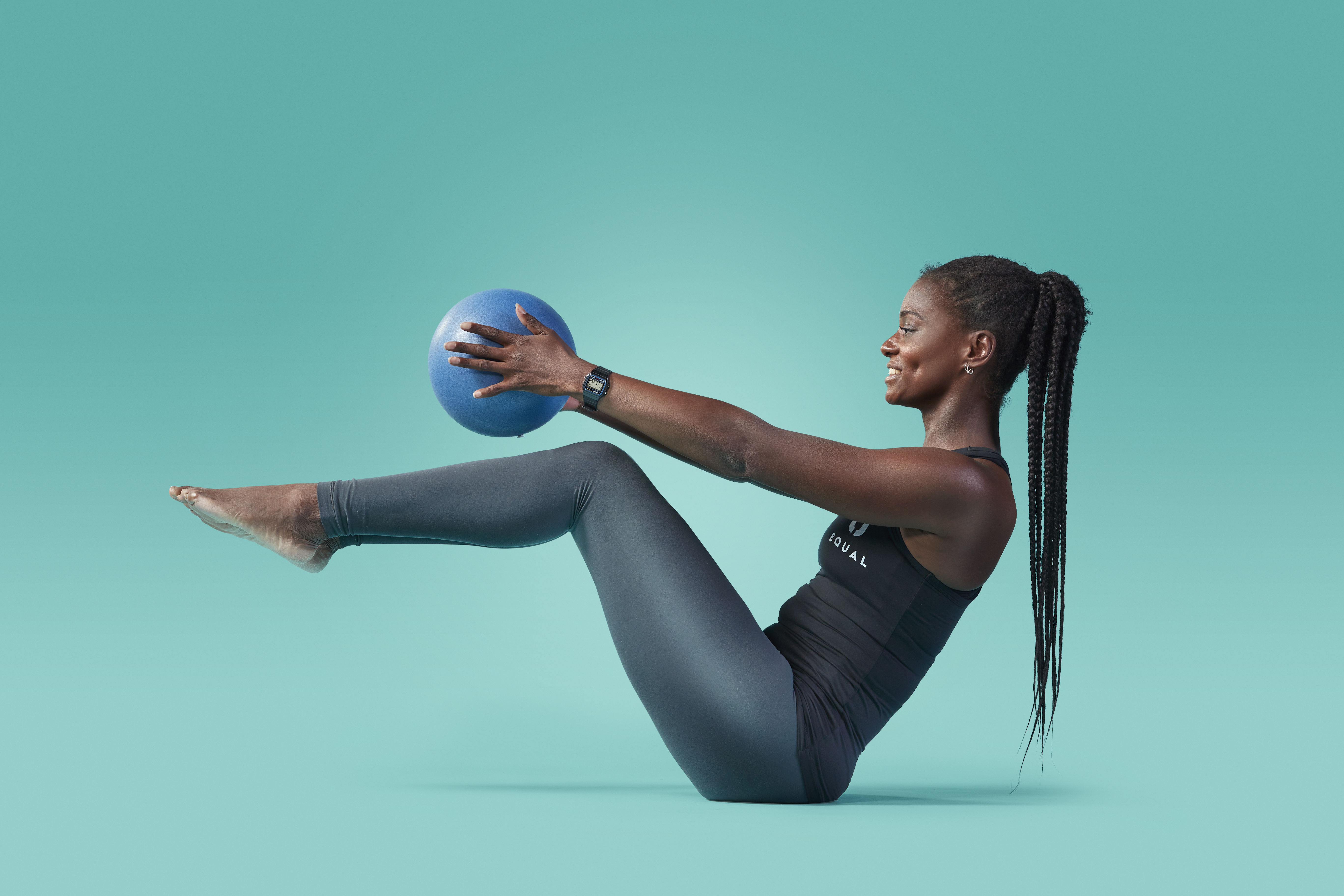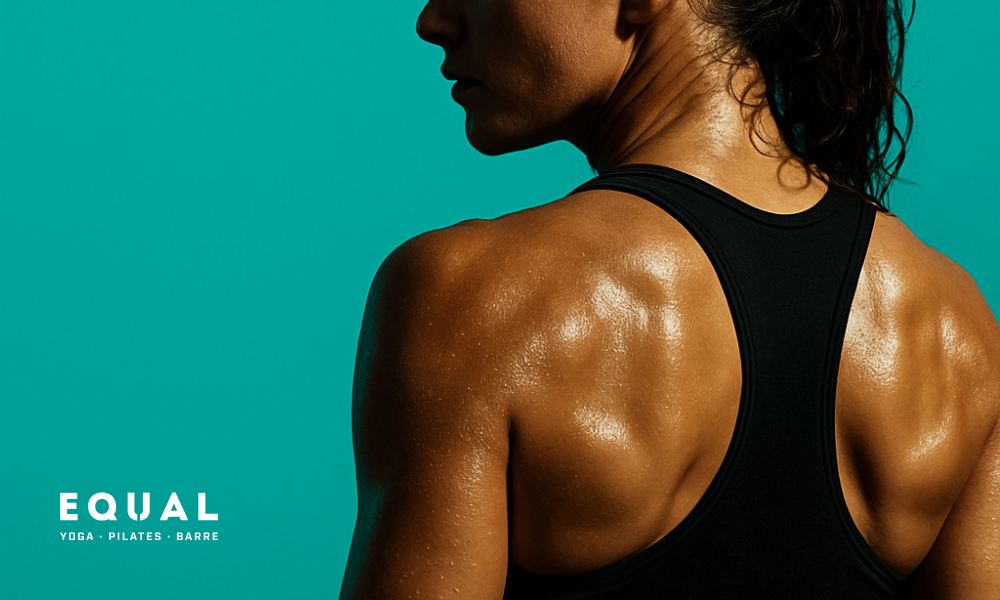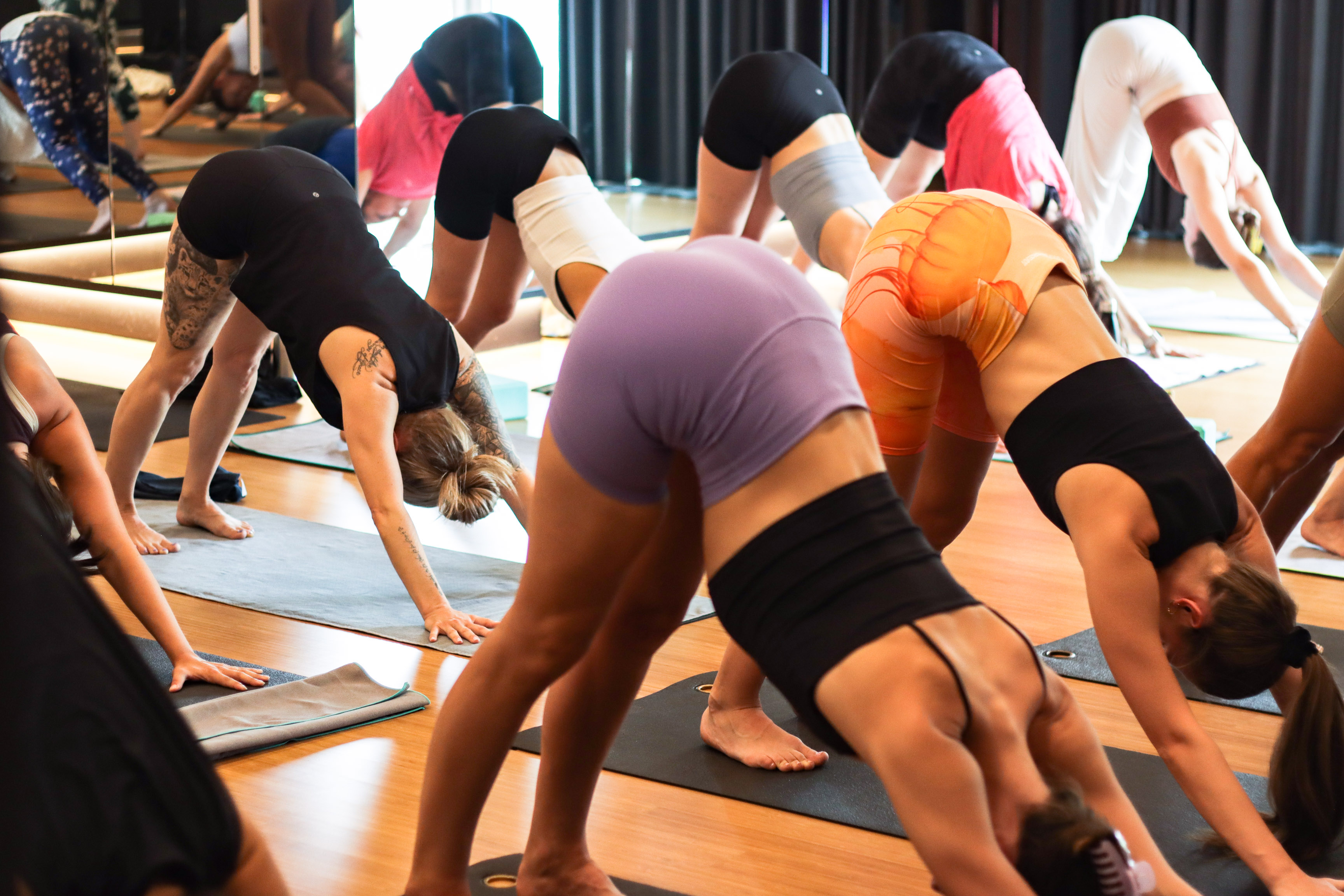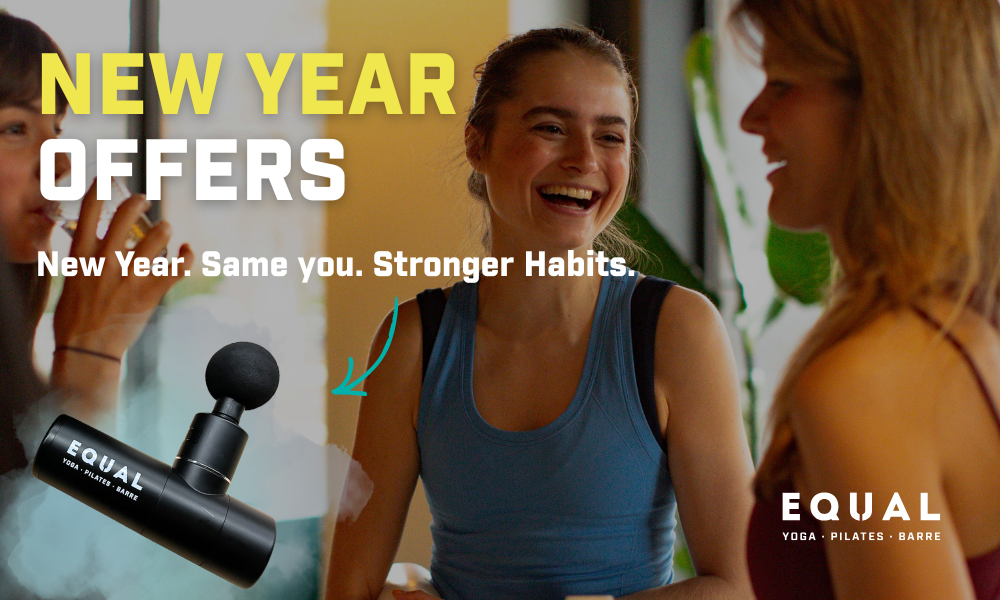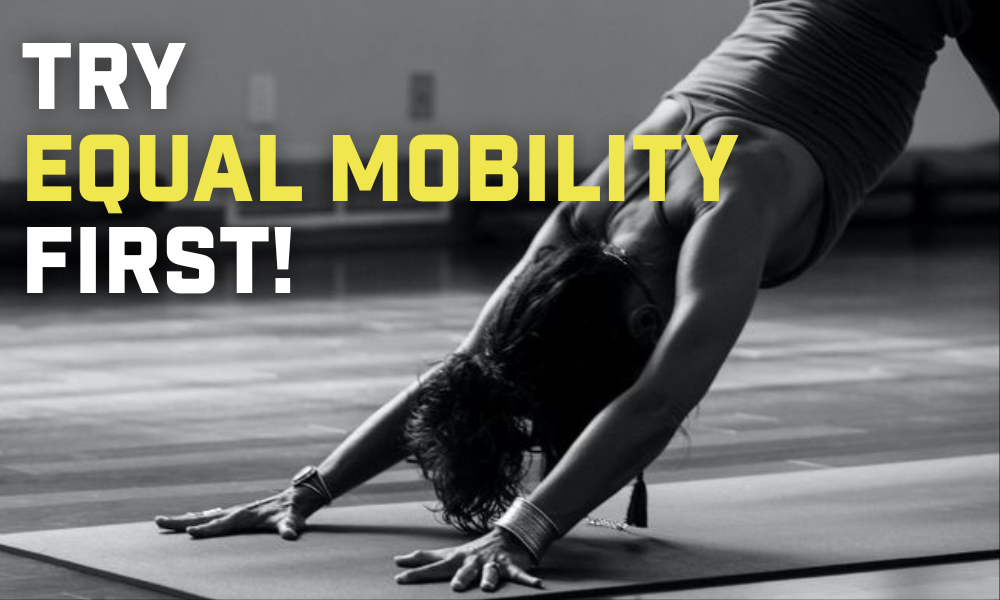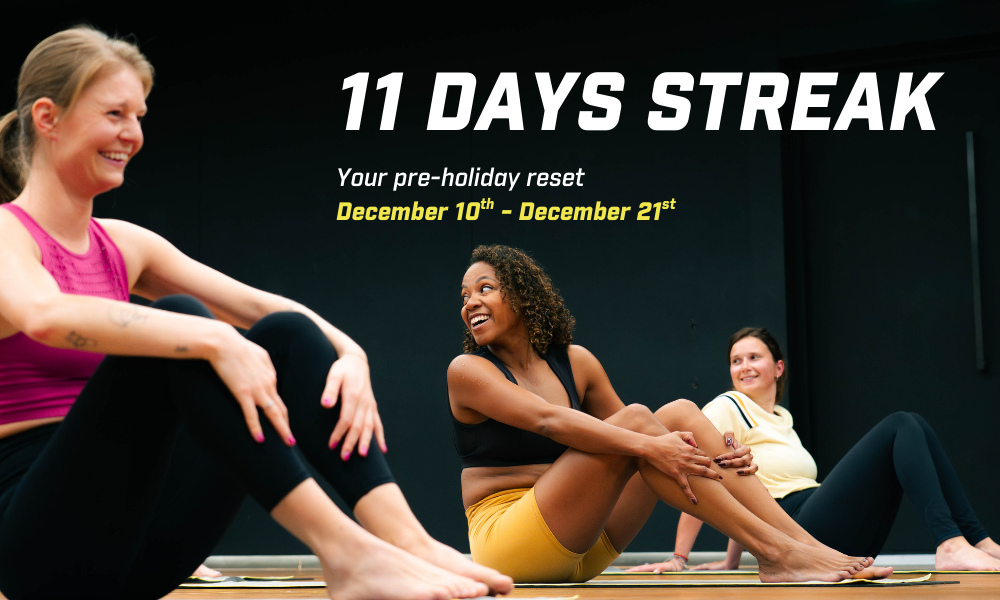What is Downward Facing Dog or Adho Mukha Svanasana?
Ah, Downward Facing Dog (or Adho Mukha Svanasana). It's that iconic pose you’ll find in just about every yoga class, and for good reason. Picture yourself in an upside-down V, with weight evenly distributed between your hands and feet. This pose isn't just about striking a shape; it’s a key transition in many yoga sequences. Some even call it a "resting position," though we know that doesn't always mean it's a breeze!
Why Do We Do It?
We often hang out in Downward Facing Dog a little longer when our flow speeds up—think of it as hitting the pause button. This is your chance to slow down, breathe, and really tune into your body. This pose is a full-body experience, engaging and stretching both your upper and lower body. It’s the ultimate reset button, giving you time to check in with your alignment. Maybe your hands need to scooch a bit wider, or your feet could step a little closer. Finding your balance here will set you up for the rest of your practice.
Modifications
One of the best things about Downward Facing Dog? It’s super adaptable. Whether you’re a seasoned yogi or just starting, you can modify it to suit your needs. Make sure that in any pose, you never experience any sharp pains. All great options depending on where you’re at:
- Bending your knees slightly or a lot more
- Feet closer towards each other vs wider than your hips
- Widening your hands and/or turning your fingers out vs pointing forward
- Step your feet a bit closer in towards your hands vs further away
- Shifting to your forearms instead of your wrists
- Childs pose
Downward Facing Dog as an Inversion
Yes, you heard right—Downward Facing Dog is technically an inversion. Your hips are higher than your heart. It offers all those juicy benefits like improved blood circulation and a little spinal relief, without the need for advanced balancing skills. Being upside down can shift your perspective, helping with balance and body awareness (proprioception, for the anatomy geeks out there). Plus, it can feel pretty calming, giving you a moment of zen before you move on.
Bringing it All Together
With its mix of muscle engagement, alignment checks serving YOUR body, balance, and mindfulness, Downward Facing Dog is like a full-body status update. Use this pose to connect with yourself and prepare for whatever comes next in your flow.
Front desk time
Please take with you that our teachers are at the front desk 15 minutes before class and after class to hear your story or to answer your questions. Don't be a stranger.

